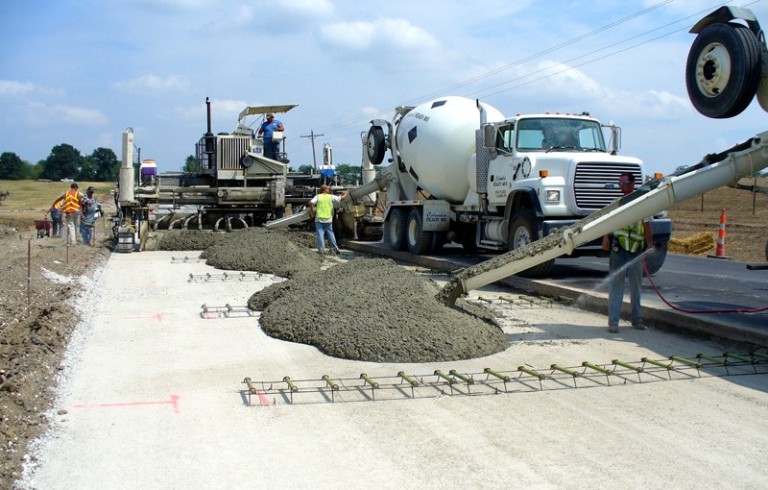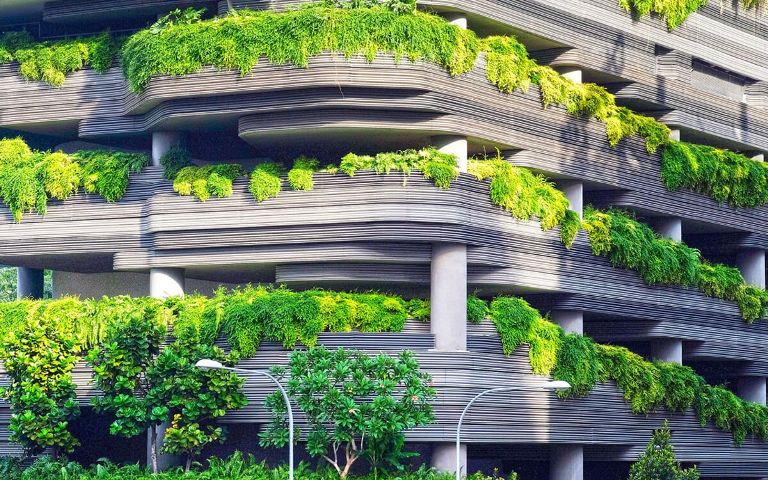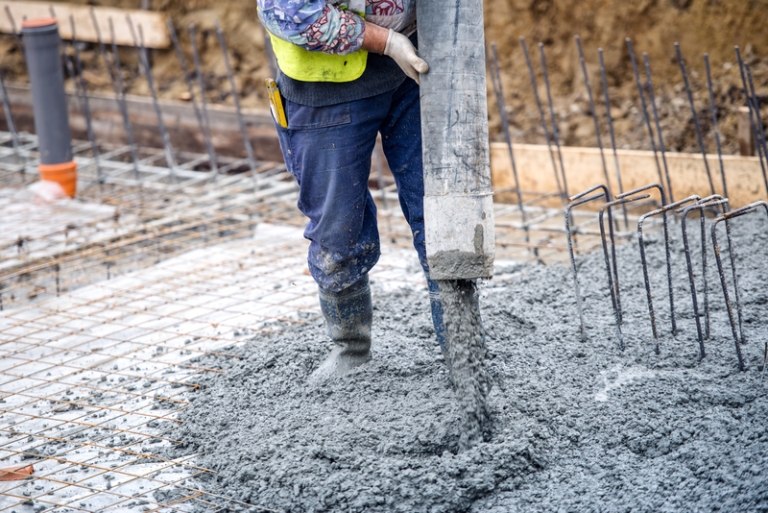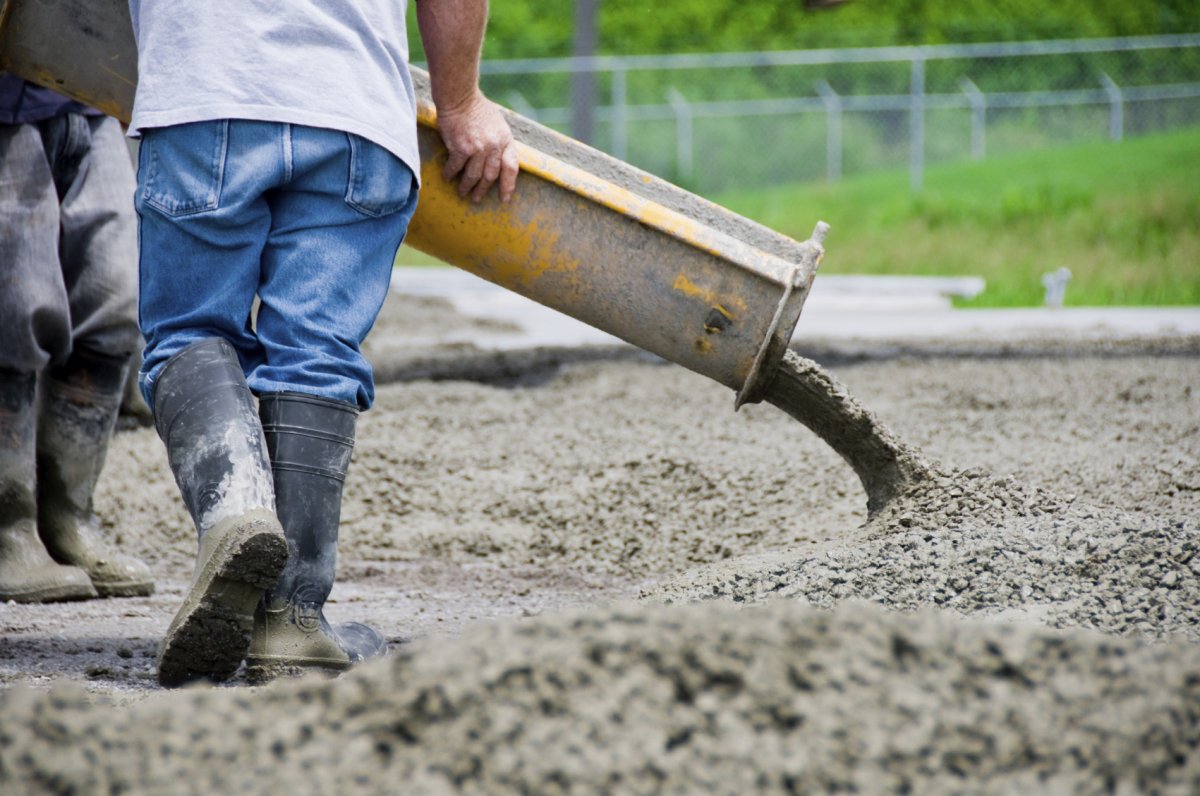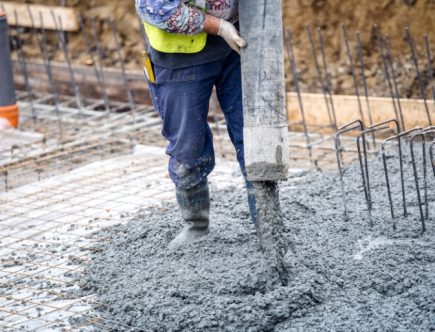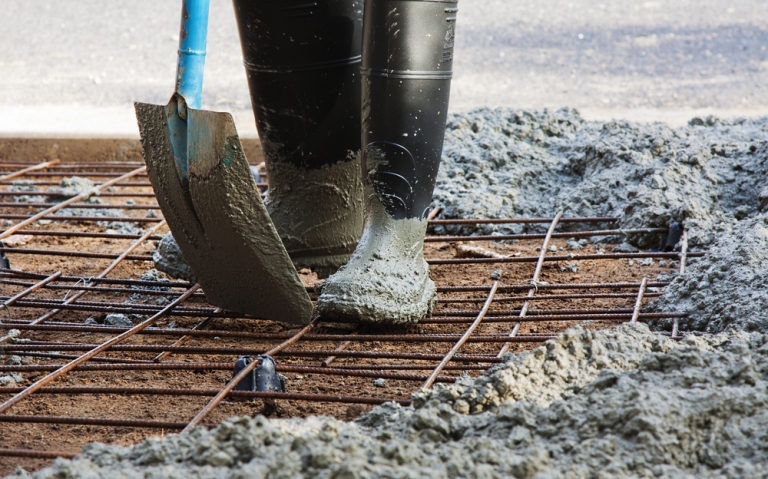In this era, we have seen unmatched advancement in every sector; everything possesses tremendous success in the perspective of advancement from health care to automobiles. We depend on industrialization; industries and factories provide enormous raw materials and other things for our daily lives. Concrete production is also an essential part of these companies that offer concrete Griffin, GA, and concrete is the most fundamental material in the architectural sector. It is required in making almost every manufactured creation, and we cannot even think to form a building without concrete.
Everything has its destructive effects, and this same goes for concrete. The production of concrete generates immense pollution in the environment; harmful gases such as carbon dioxide and carbon mono oxide are produced, while the formation of concrete harms the surrounding a lot. Many organizations such as driveway repair experts are working on palliating the effects of concrete production on the environment.
Factors that matter in mitigating the deleteriousness of concrete production
- You can adapt to a plethora of factors to miniature the harmful outcomes of concrete production. We all know that factories and industries of every sector are crucial in every sector, whether they cause immense pollution, we can still not shut down them. Many concrete experts are providing plenty of fundamental ways to preserve the environment.
- First of all, industries should focus on the need for production. We all know that concrete is storable material, we can easily store concrete in colossal quantities in any covered place which

